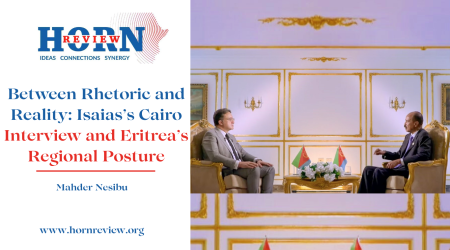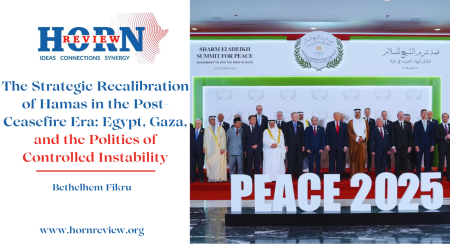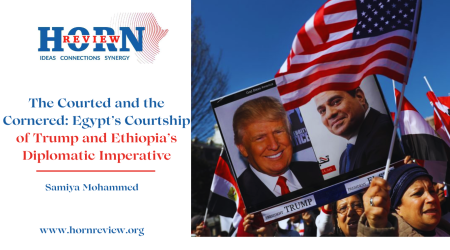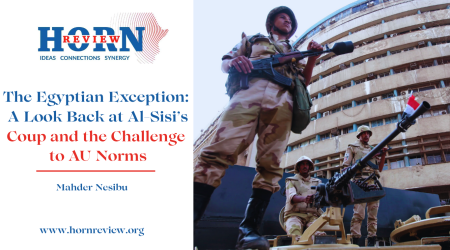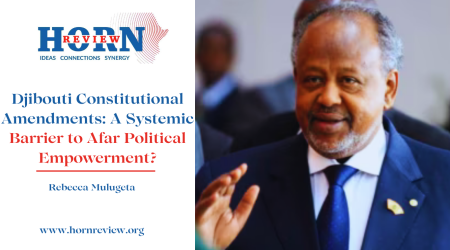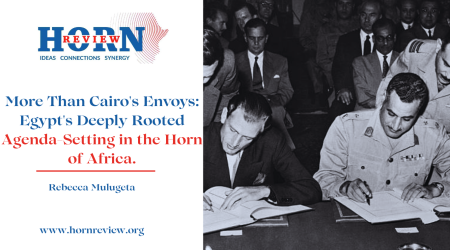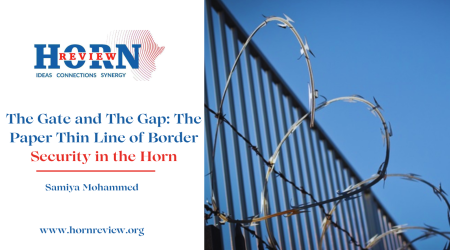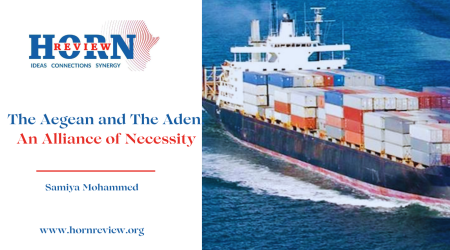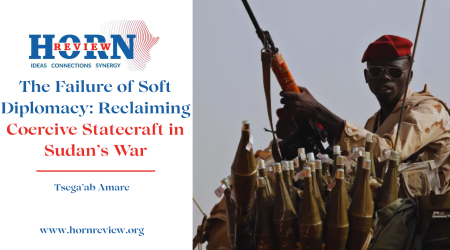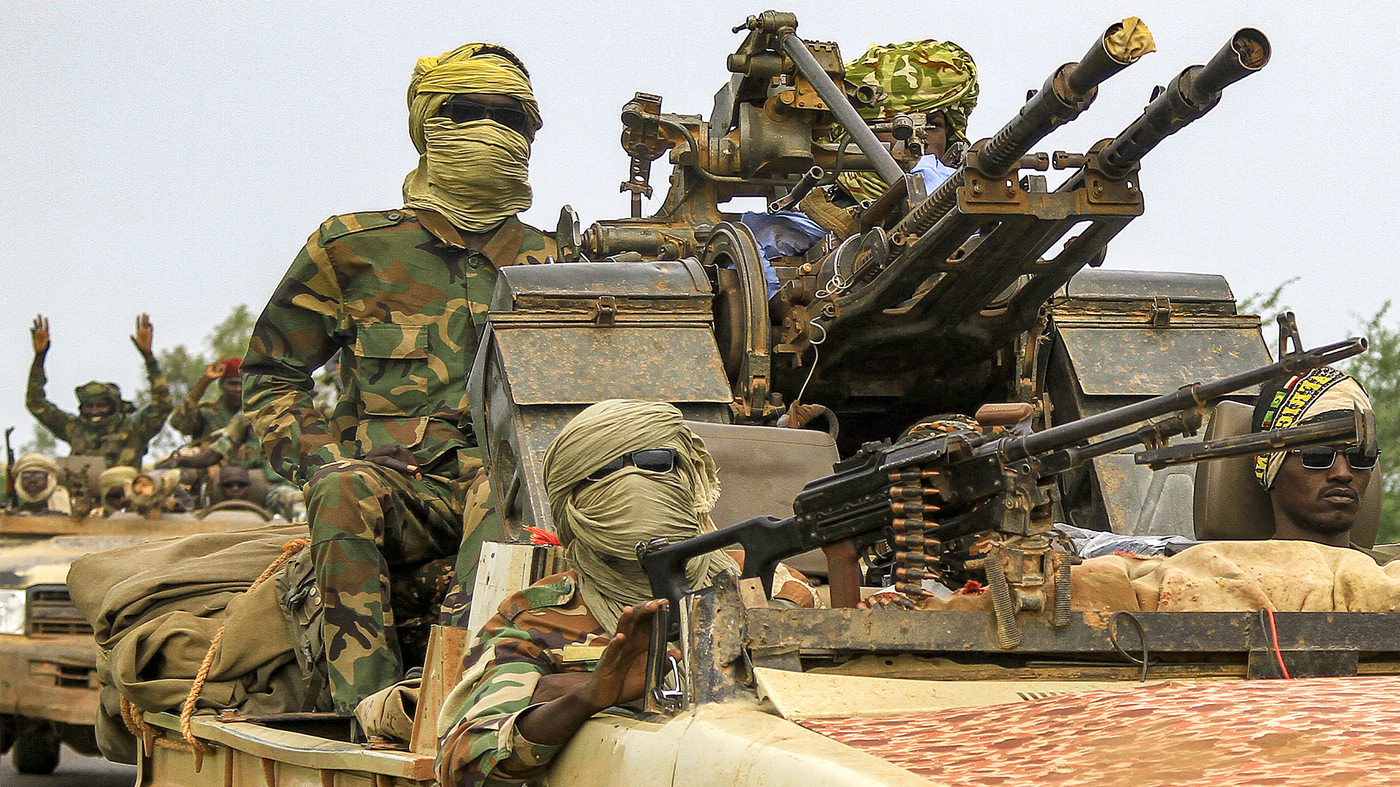
8
Jul
Sudan’s War at Ethiopia’s Doorstep: GERD’s Vulnerability in a Volatile Neighborhood
Sudan has been consumed by a civil war between the Sudanese Armed Forces (SAF), led by General Abdel Fattah al-Burhan, and the paramilitary Rapid Support Forces (RSF), commanded by Mohamed Hamdan Dagalo, since April 2023. This conflict has caused mass displacement, with over 12 million people uprooted, and a growing humanitarian crisis. What started as a power struggle over military integration and control of gold trade has quickly turned into a war with regional implications, drawing in actors like the United Arab Emirates, Russia, Egypt, and Iran, while pushing Sudan toward potential state collapse. For Ethiopia, the war represents more than a neighboring crisis — it’s a threat that is unfolding directly under its nose, with strategic consequences tied to national security, internal stability, and perhaps most urgently, the Grand Ethiopian Renaissance Dam (GERD).
The RSF’s territorial expansion has brought the conflict uncomfortably close to Ethiopia’s western border, particularly to the sensitive Benishangul-Gumuz region, where the GERD is located. Although the dam itself has not been directly targeted, the proximity raises clear risks. The GERD is not only Ethiopia’s flagship infrastructure project, but a symbol of self-reliance and a tool of political legitimacy. Its location near a contested and increasingly volatile frontier exposes it to cross-border threats — from potential militant spillover to heightened vulnerabilities. The Ethiopian government has intensified border patrols and surveillance, but the sheer unpredictability of Sudan’s war complicates traditional risk assessments.
The conflict has also shifted Sudan’s position as a Nile Basin actor. Previously, Sudan served as both a buffer and an intermediary in Ethiopia’s tense water diplomacy with Egypt. But with Sudan now internally fractured, that balancing role has eroded. Ethiopia has taken advantage of this gap by proceeding with the fourth and final filling of the GERD in 2024, announcing it without facing much pushback from Sudan. The RSF’s rise and its potential control over key areas near the Blue Nile may further weaken Sudan’s influence over the dam.
Yet that possibility comes with its own complications. The RSF’s external backers, especially the UAE, might have separate agendas that may not always align with Ethiopia’s long-term interests, as its deep involvement in the Sudanese gold trade and its alleged supply of arms to the RSF position it as a power-broker with influence over Nile Basin dynamics. Ethiopia’s recent warming of ties with the Gulf, particularly the UAE, gives it an opportunity to use diplomatic leverage in this triangular relationship. Still, any perceived alignment with the RSF, whether tactical or not, could jeopardize Ethiopia’s credibility as a neutral mediator in the conflict.
Domestically, the war in Sudan has already begun to affect Ethiopia’s internal stability. Thousands of refugees have crossed into the Amhara and Benishangul-Gumuz regions, putting pressure on humanitarian infrastructure that is already strained by Ethiopia’s post-conflict recovery from the Tigray war. Camps face issues like overcrowding and food shortages as well as infiltration by armed groups and smugglers. Arms trafficking from Sudan has increased instability in Ethiopia’s western regions. It has worsened ethnic violence and weakened the state’s control over force. This situation could revive local conflicts, harm border control, and trap the country in a cycle of internal displacement and cross-border insecurity.
The contested Al-Fashaga region remains another area of conflict. Although Ethiopia and Sudan had settled into an uneasy status quo after earlier clashes in 2021, the power vacuum left by Sudan’s collapse may tempt local actors or even formal forces to regain control over fertile farmlands. For Ethiopia, any unilateral move to take advantage of Sudan’s distraction could hurt its regional reputation and lead to accusations of opportunism. Meanwhile, the absence of a stable government in Khartoum has made it harder to find legal or diplomatic solutions to resolve the conflict. This ambiguity makes Al-Fashaga a potential flashpoint that could draw in multiple actors under the banner of territorial defense or economic recovery.
At the regional level, Sudan’s war has introduced another layer of complexity to GERD diplomacy. Egypt’s traditionally close ties with the Sudanese military have been shaken by the SAF’s weakened state. Already deeply opposed to Ethiopia’s unilateral filling of the GERD, its recalibrating its alliances, seeking influence through other neighbors such as Somalia, Eritrea and Djibouti, and has increased military drills near the Red Sea corridor. This maneuvering signals Egypt’s intent to apply pressure on Ethiopia via indirect regional proxies, this means GERD politics are no longer confined to trilateral talks but are increasingly embedded in broader Horn and Red Sea alignments.
Looking ahead, Ethiopia faces both opportunity and peril. If the RSF consolidates control over parts of Sudan bordering the GERD, and if Hemedti continues cultivating warm relations with Addis and its Gulf backers, Ethiopia may encounter less resistance in managing the dam and asserting control over Nile flows. However, this would alienate Egypt further and could deepen the geopolitical rivalries already present in the region. Alternatively, if the SAF regains control and sees Ethiopia’s involvement with the RSF as a betrayal, Sudan may re-align itself more closely with Egypt, reviving a hostile Nile axis. Either scenario could unravel the fragile gains made in recent GERD diplomacy.
The most prudent course of action for Ethiopia lies in strengthening its position as a neutral but assertive regional actor. This requires shielding the GERD from military vulnerabilities by reinforcing security infrastructure and expanding surveillance across border zones. It also calls for deeper cooperation with humanitarian agencies to manage refugee flows responsibly and to prevent violence in host communities. In parallel, Ethiopia must continue diplomatic engagement with both RSF and SAF figures, not as endorsements, but as part of a broader effort to keep channels open for mediation and post-conflict planning. Additionally, by leveraging its role within IGAD and the African Union, Ethiopia can convene emergency dialogues on Sudan’s humanitarian and security spillovers—emphasizing regional stabilization as a collective interest.
The war in Sudan is not a distant crisis; it is a regional fire burning at Ethiopia’s doorstep. The choices to be made now—whether passive, opportunistic, or strategic—will determine not only the fate of the GERD, but also its credibility as a regional power, its internal cohesion, and its ability to shape the narrative of peace in a fractured Horn of Africa.
By Sina Yigzaw,Researcher,Horn Review
References
- AllAfrica, ‘What’s Behind the War in Sudan?’ (AllAfrica, 21 March 2025).
- Financial Times, ‘Record Prices Fuel Surge in Sudan Conflict Gold Smuggling’ (FT, 21 June 2025).
- AP News, ‘Sudan’s Military Breaks Paramilitary Group’s Siege’ (AP News, 26 March 2025).
- The Guardian, ‘Every Night We Only Hoped to Survive: Sudanese Refugees’ Search for Safety’ (The Guardian, 21 November 2024).
- Chatham House, ‘The Transnational Nature of Conflict in Ethiopia and Sudan’ (Chatham House, April 2024).
- Al-Ahram Weekly, ‘The GERD and Sudan’ (Al-Ahram, July 2023).
- Eurasia Review, ‘The Stability of Sudan: A Pivotal Security Dilemma in the Horn of Africa’ (Eurasia Review, October 2024).
- Arab News, ‘How the Sudan Crisis Complicates the Egypt-Ethiopia Dispute Over the GERD Dam’ (Arab News, February 2025).

